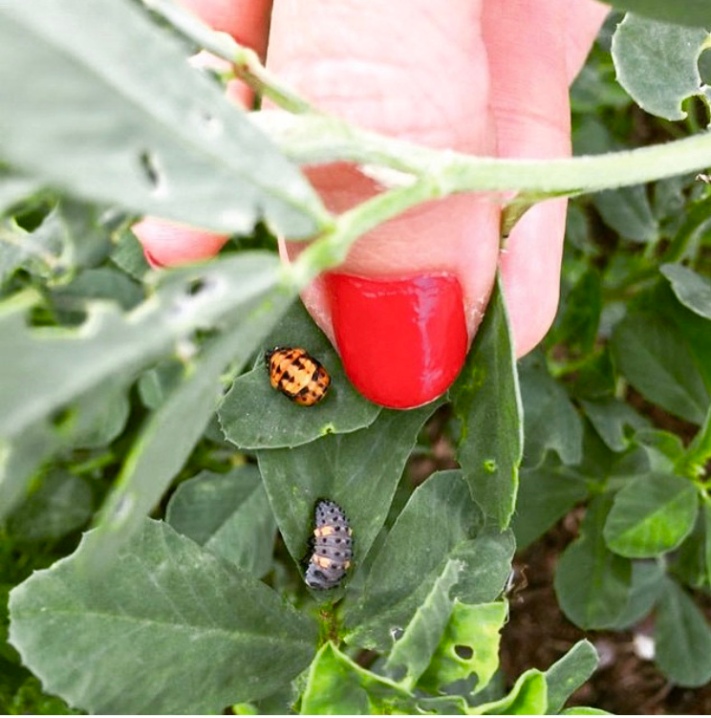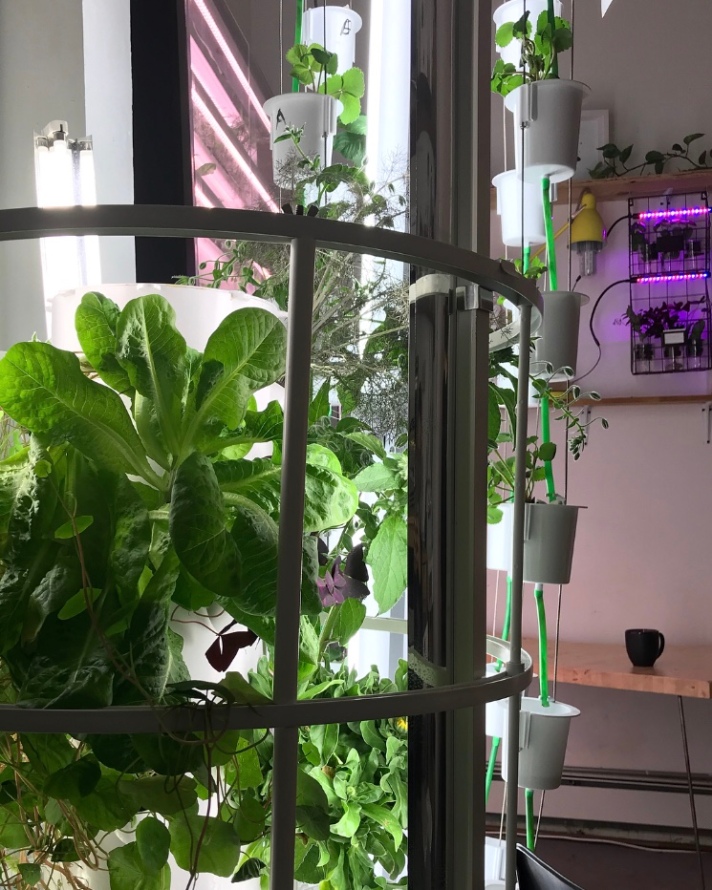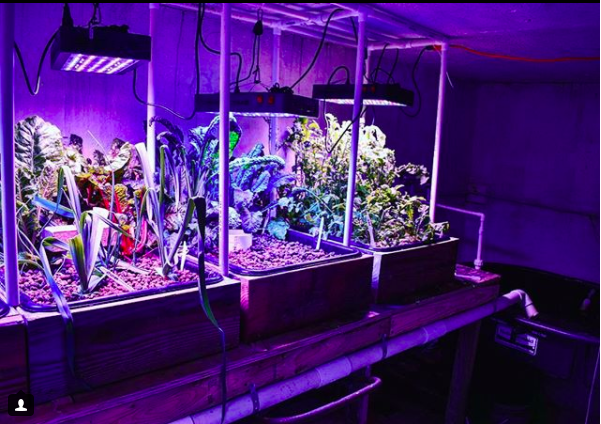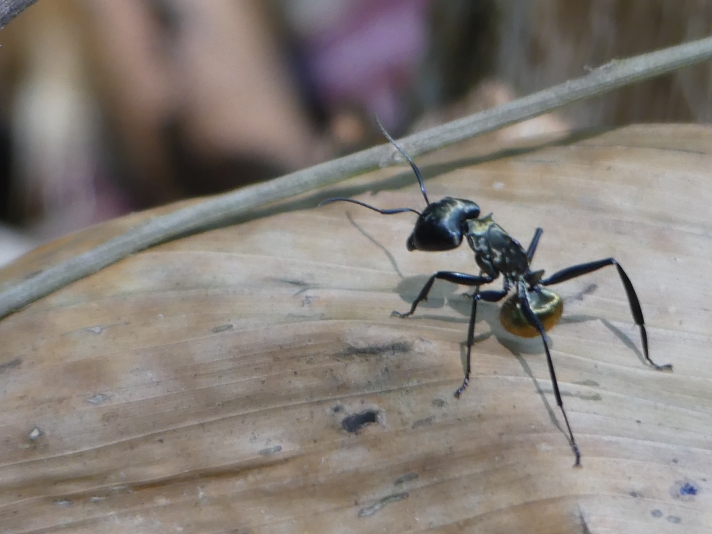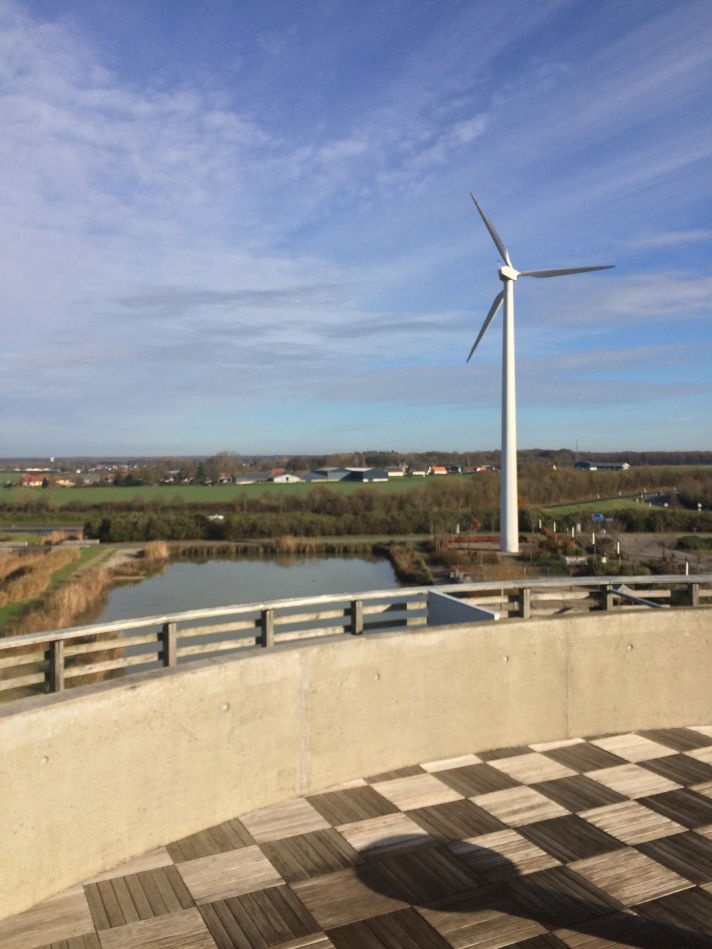When people say ‘let’s not dwell in the past,’ or ‘let’s not get too political,” I often cringe. I certainly see the value in not getting too caught up on some issue to the point where you become stuck, but I also see the harm it causes to not give voice to past injustices. By denying or refusing to acknowledge a people’s history, those in power (those who historically have been white people) create an alternative narrative that erases history and increase their own sense of worth, while at the same time further marginalizing people with less status and wealth (those who historically have been Black, Indigenous, and People of Color (BIPOC)).
We can only begin to uncover the oppressive structures and systems in place that perpetuate inequality and segregation in housing and education among black/white and rich/poor if we tell the stories of the past with honesty and clarity. Stories are a crucial way we reflect on and chronicle our lives, and they give meaning to our sense of place and place in time. Stories have been used to oppress, but they can also be used to liberate and heal.
Additionally, what policies and history contributes to the disparities we see across black and white communities in NYC and the USA in general? More specifically, why are our communities so unequal in terms of environmental burdens and other social determinants of health? I intent to explore these questions through my next series of posts more in detail. I believe part of it is because systematic racism exists at all levels of society (government agencies included), and the many cumulative effects of the policies enacted by these structures over time has lead to severe social inequities between white and BIPOC communities.
Recent news of President Trump’s plan to continue to roll back environmental regulation, specifically to make changed to NEPA (National Environmental Policy Act). I will briefly outline what NEPA is here, and what the proposed changes mean for social and environmental justice.
NEPA (National Environmental Policy Act) was signed into law under President Nixon in 1970, and it established a Council on Environmental Quality (CEQ) under the Office of the President, and required that all federal agencies’ projects to undergo an environmental assessments (EAs) and environmental impact statements (EIS), to weigh the costs and benefits of a proposed project to society, the economy, and the environment. NEPA also more broadly asserts that each person has a responsibility to enhance and preserve the environment for future generations, laying a framework for a more sustainable national environmental policy.
While I was an undergraduate student at SUNY Binghamton, I had the chance to take an Environmental Impact Statements class, where we learned how to prepare impact statements and all the components that are supposed to be considered before a federal project can proceed.
One of the main components of any EIS/EA is to consider the cumulative effects of the proposed actions. Rather than just considering the direct effects of the proposed project, it is equally or more important to consider the “combination of individually minor effects of multiple actions over time, or cumulative effects” (Source 1, see below).
From Council on Environmental Quality’s (CEQ) regulations for implementing the National Environmental Policy Act (NEPA), a cumulative impact is:
“the impact on the environment which results from the incremental impact of the action when added to other past, present, and reasonably foreseeable future actions regardless of what agency (Federal or non-federal) or person undertakes such other actions (40 CFR ~ 1508.7). (Source 1, see below)”
This part of NEPA, when applied appropriately, has been used to assess the cumulative impact of carbon emissions and its effect on climate change, and to address environmental justice issues that arise from the disproportionate implementation of harmful environmental projects in BIPOC communities, like highways and toxic waste facilities construction. (In a future post, I plan to dive more deeply into the history of this in NYC, specifically under NYC’s Parks Commissioner Robert Moses and the construction of the Henry Hudson Parkway and Mosholu Parkway during the 1930’s, which divided Van Cortlandt Park in the Bronx, home predominantly to BIPOC, creating 6 segmented parts of this once continuous greenspace) (Source 2, see below).
Development projects across the US have historically left out the input from BIPOC community members, leading to disparities that are cumulatively added to over time. We must protect NEPA, and even strengthen it in this unprecedented time of social inequity and ecological destruction. Rather than dilute consideration of environmental justice issues, these cumulative impacts should be top of mind and priority for those entrusted to run our federal agencies here in the USA.
Thank you for reading, and I hope you follow along as I discover the histories of NYC’s development that led to the segregation we experience in health, housing and education today.
@Hydroponics.NYC
@Matthew_Gerard_
Source 1:
President’s Council on Environmental Quality (CEQ). (n.d.). INTRODUCTION TO CUMULATIVE EFFECTS ANALYSIS. Retrieved from NEPA.gov: https://ceq.doe.gov/docs/ceq-publications/ccenepa/sec1.pdf
Source 2:
SEIWELL, E. (2019, February 19). Van Cortlandt Park Erases History . Retrieved from FordhamObserver.com: https://fordhamobserver.com/38076/features/van-cortlandt-park-erases-history/
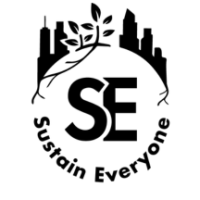



 *Note the existing pipeline was pushed through and built after Hurricane Sandy, when local residents were preoccupied with the rebuilding of their homes and communities (Source: NYC Surfrider Foundation).
*Note the existing pipeline was pushed through and built after Hurricane Sandy, when local residents were preoccupied with the rebuilding of their homes and communities (Source: NYC Surfrider Foundation). Fort Tilden, NYC. @hydroponics.mh
Fort Tilden, NYC. @hydroponics.mh An oystercatcher in Rockaway Beach, NYC. @hydroponics.mh
An oystercatcher in Rockaway Beach, NYC. @hydroponics.mh Jacob Riis Park @hydroponics.mh
Jacob Riis Park @hydroponics.mh “Exploring with my Nana at Jamaica Bay Wildlife Refuge, NYC, on 12/30/13.” @hydroponics.mh
“Exploring with my Nana at Jamaica Bay Wildlife Refuge, NYC, on 12/30/13.” @hydroponics.mh Jacob Riis Park. @hydroponics.mh
Jacob Riis Park. @hydroponics.mh
 Lettuce growing at Dewitt Clinton High School in Bronx, NYC. @matt_horgan
Lettuce growing at Dewitt Clinton High School in Bronx, NYC. @matt_horgan Cucumbers and a variety of leafy greens and herbs growing hydroponically by students at Dewitt Clinton High School in Bronx, NYC. @matt_horgan
Cucumbers and a variety of leafy greens and herbs growing hydroponically by students at Dewitt Clinton High School in Bronx, NYC. @matt_horgan @matt_horgan
@matt_horgan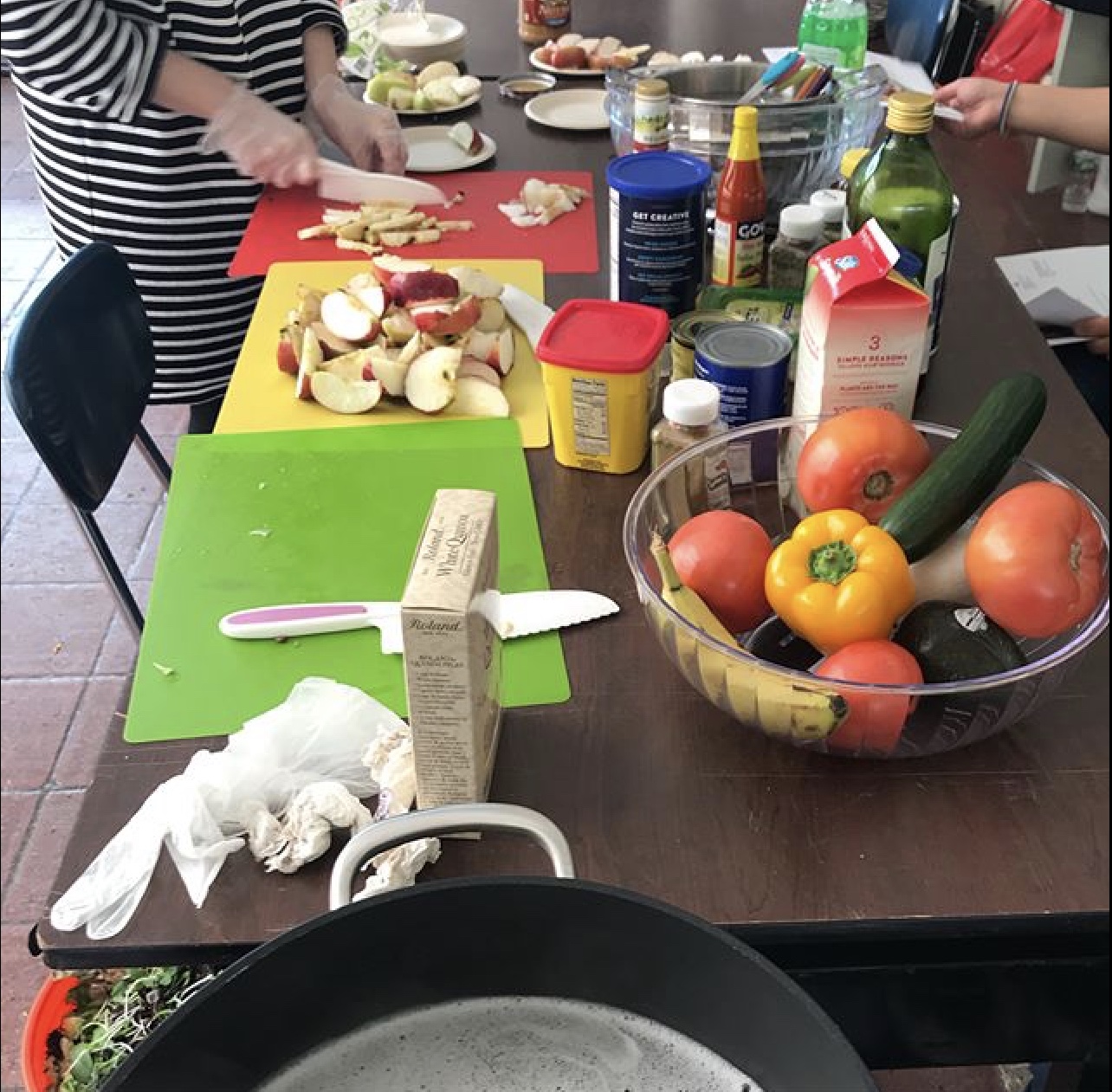 Students participate in a cooking challenge to create a veggie burger, chocolate avocado pudding, and pasta salad. (Secret ingredient: parsley grown in the schools hydroponic farm) @matt_horgan
Students participate in a cooking challenge to create a veggie burger, chocolate avocado pudding, and pasta salad. (Secret ingredient: parsley grown in the schools hydroponic farm) @matt_horgan